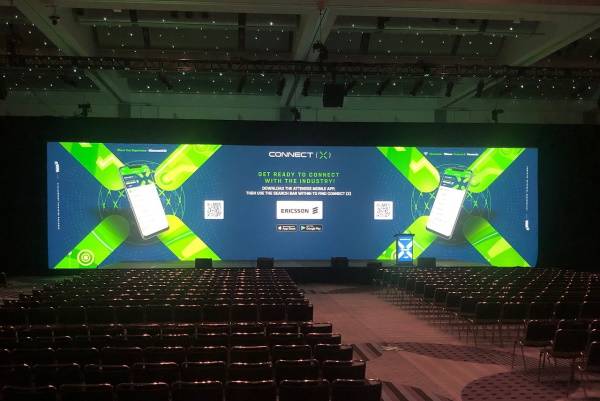Revolutionizing Engagement Via the Seamless Fusion of Virtual Reality and Face-to-Face Interactions in Hybrid Occasions
Revolutionizing Engagement Via the Seamless Fusion of Virtual Reality and Face-to-Face Interactions in Hybrid Occasions
Blog Article
Hybrid events are growing increasingly common as they combine the finest elements of both in-person and online experiences. This creative approach allows participants to interact with content and one another in ways that were not possible previously. By incorporating VR reality into these events, planners can create immersive experiences that boost involvement and interaction. This smooth fusion of digital and physical components can lead to more meaningful relationships among attendees, whether they are there in reality or joining virtually.
One of the primary advantages of using virtual technology in hybrid gatherings is the ability to create a shared space for all participants. In a conventional setting, in-person participants might have access to specific events or opportunities that virtual participants cannot experience. However, with VR, everyone can explore the same digital space, no matter of their position. This technology allows for engaging presentations, virtual connecting opportunities, and even game-like encounters that can captivate viewers. As a consequence, attendees feel more involved and connected, leading to a richer overall encounter.
Moreover, VR reality can help break down obstacles that often exist in hybrid gatherings. For instance, virtual participants may feel disconnected or disengaged from the main gathering. By incorporating VR, planners can create a sense of involvement that makes remote attendees feel as if they are part of the event. This can be realized through features like digital representations, which allow participants to interact with one another in live. Such interactions can foster cooperation and networking, making it simpler for people to connect and exchange thoughts, regardless of their physical position.
In furthermore to improving engagement, the use of VR technology in blended gatherings can also provide important insights and information for planners. By monitoring attendee engagements and behaviors within the digital space, gathering organizers can collect data on what elements of the event were most engaging. This data can be used click resources to improve future events, ensuring that they meet the needs and preferences of attendees. Understanding how attendees interact with both the virtual and in-person components can lead to more effective event strategies and better overall experiences.
Finally, the combination of VR technology and in-person engagements in hybrid events represents a significant shift in how we approach gatherings and conventions. As technology continues to evolve, the capability for creating immersive and dynamic encounters will only grow. By adopting this innovative framework, event planners can transform the way individuals connect, educate, and work together. The future of blended gatherings is promising, and the smooth combination of VR technology will play a key role in defining that prospect.